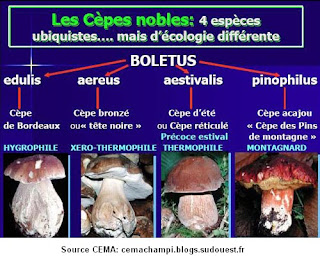Flower anatomy – the basics
Flower anatomy – the basics
Most of the plants a natural history illustrator will draw consist of four basic structural elements: roots, stems, leaves and flowers. As blooms are the reproductive organ and one of the most important identifying features of flowering plants, it is vital that these are drawn accurately. If it is possible, the best way to understand the anatomical structure of a flower is to dissect it. You don’t need to be a botanist to perform a dissection, as it is a simple process that requires minimal equipment. If it is a simple flower you can gently pull the floral parts off the receptacle (the solid bit at the base that holds the flower together), working from the outside in, and place the individual components on a plate. This will reveal their number, sequence, arrangement and method of attachment.
If the flower has a complex structure it is best to do a vertical section using a sharp craft knife or razor blade. This type of dissection cuts the flower in half down through its central axis, revealing the anatomical elements in situ. With some flowers it might be necessary to study their internal organs with a magnifying glass or under a microscope.
Flowers
Flowers come in a myriad of different styles, and it would be impossible in this introductory course to provide a comprehensive study of all floral forms. However, there are a few basics that are handy for the beginner to understand.
A flower is the tip of a growing shoot that is specialised for reproduction. It makes male pollen grains and female ova, which are contained within ovules. The pollen grains are designed for dispersal, while the ovules stay in their original location and form the seeds.
All of the flower’s components are essentially modified leaves, arranged in a series of four rings, known as whorls, around the end of a stem. The one that usually captures our eye is the ring of petals, which are usually larger and more colourful than the others.
Common flower sequence
Although there are many variations of this structural theme, the rings usually follow the sequence below, starting from the outside and working in.
Sepals: These are known collectively as the calyx and are usually leaf-like. They often serve to protect the flower before opening and support the petals once fully opened.
Petals: These are known collectively as the corolla or perianth and they are normally the showiest. They use bright colours and patterns to attract pollinators.
Stamens: These are slender filaments topped with pollen-containing anthers.
Carpels: In the centre of the stamens are the carpels, also known as pistils. These tripartite structures have an ovary at the base, an elongate style and a sticky stigma at the tip.
In solitary flowers these components are held together by the receptacle and in smaller flowers that are grouped together, this part is known as the peduncle.
Bring along : pencils, lead or colour & a drwing pad!!
Organised by : Linda ANGULO LOPEZ




Comments
Post a Comment